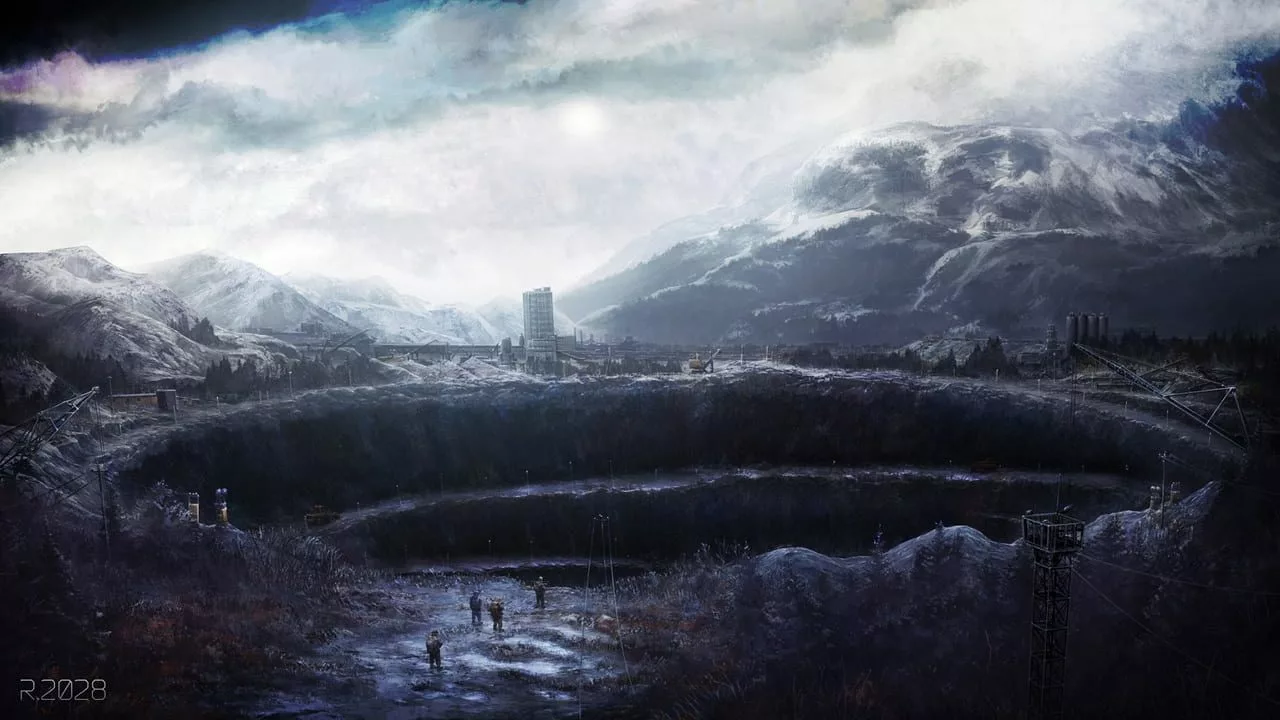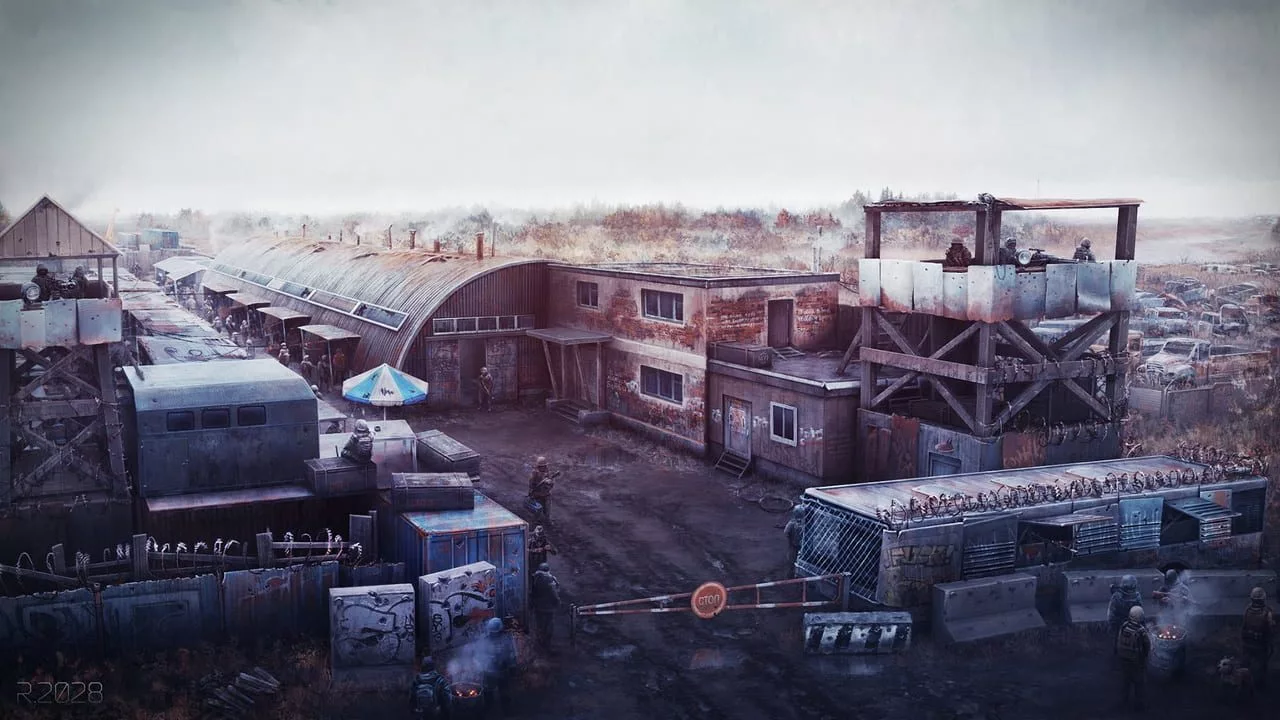
Russia.2028
Genres:Role-playing (RPG), Adventure, Shooter
Themes:Action
Game modes:Single player
Story:Russian.2028 will be an open world, free roam, story driven first person action-RPG. It is unknown if it will have coop or if it will be strictly single player at this time. It will resume development when Escape from Tarkov has been finished.
The game is set in the near-future Russia after a global war conflict. Combining a realistic combat system, innovative solutions in the field of role-playing games and rich thoughtful story, in that way, the game is on a par with the best world analogues of the near future.Show more
Vote to bring this game to GOG and help preserve it.4
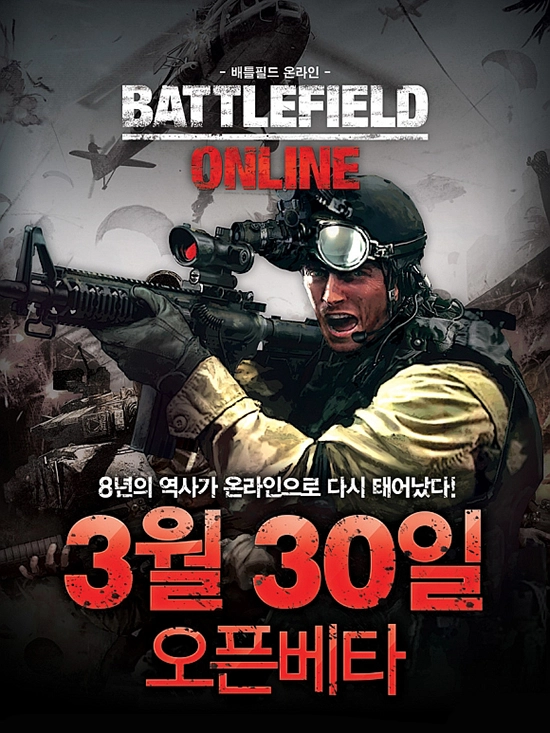
Battlefield OnlineA free to play version of Battlefield 2 and Battlefield 2142 and released specifically for the South Korean market by Neowiz Games, EA and DICE.

The Legend of ZeldaThe Legend of Zelda is the first title in the Zelda series, it has marked the history of video games particularly for it's game mechanics and universe. The player controls Link and must make his way through the forests, graveyards, plains and deserts of the Otherworld to find the secret entrances to the eight dungeons and try to restore the broken Triforce. Among the game's mechanics, it was the first time we saw a continuous world that could be freely explored, power-ups that permanently enhanced the main character's abilities and a battery save feature that allowed players to keep their progress instead of having to start over. The gameplay balanced action sequences with discovery, secrets and exploration.Open world Action Fantasy
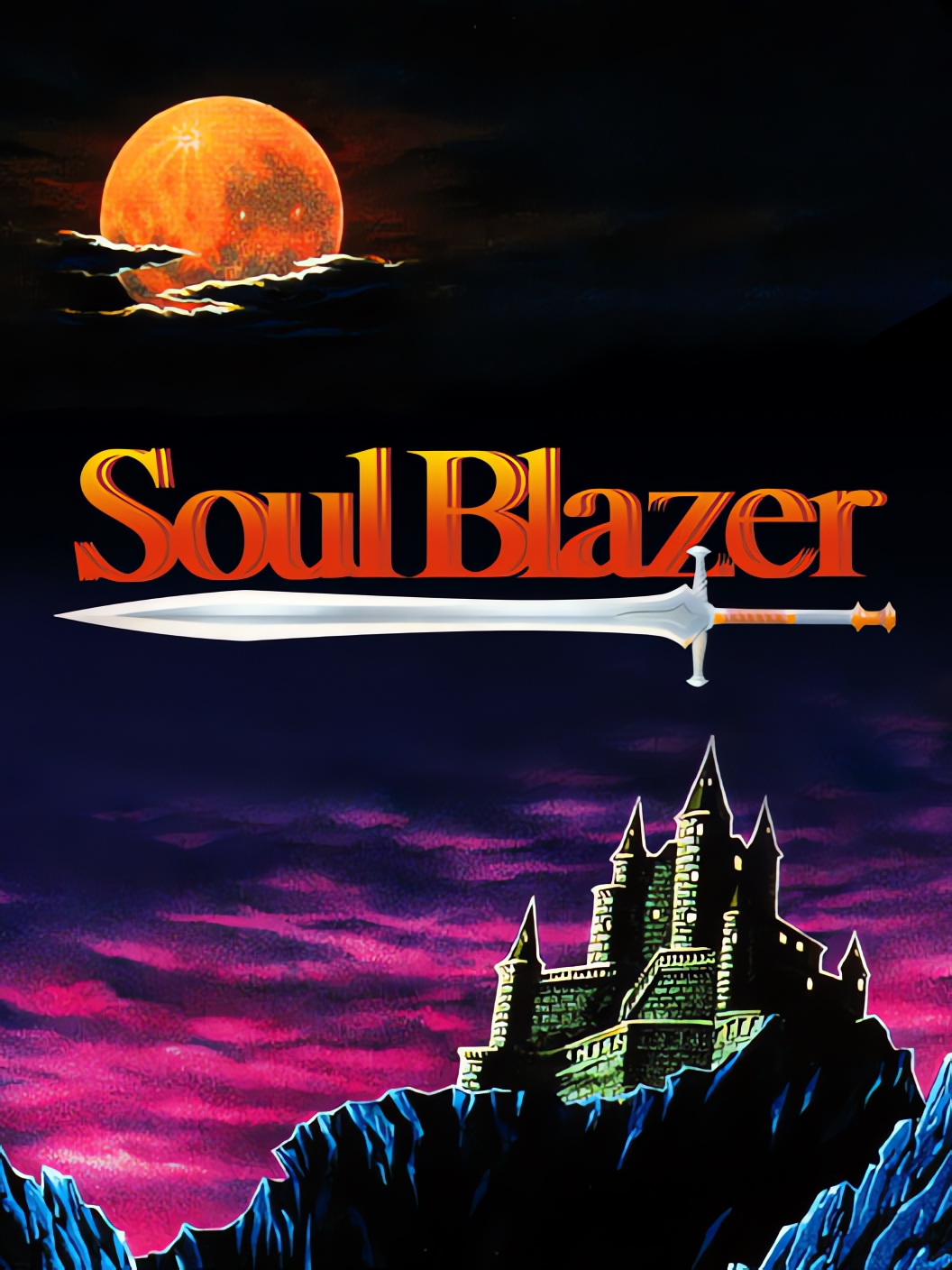
Soul BlazerSoul Blazer, known in Japan as Soul Blader, is a Super Nintendo Entertainment System action role-playing game developed by Quintet and published by Enix (now Square Enix). Soul Blazer was released on January 31, 1992 in Japan, on November 27, 1992 in North America, and on January 27, 1994 in Europe. Similar to the company's previous game ActRaiser, the player takes the role of a divine angel, deity or lesser-deity, or avatar, sent by a divinity, called The Master, to destroy monsters and release the captured souls of a world's inhabitants. Soul Blazer was scored by Yukihide Takekawa.Open world Action Fantasy
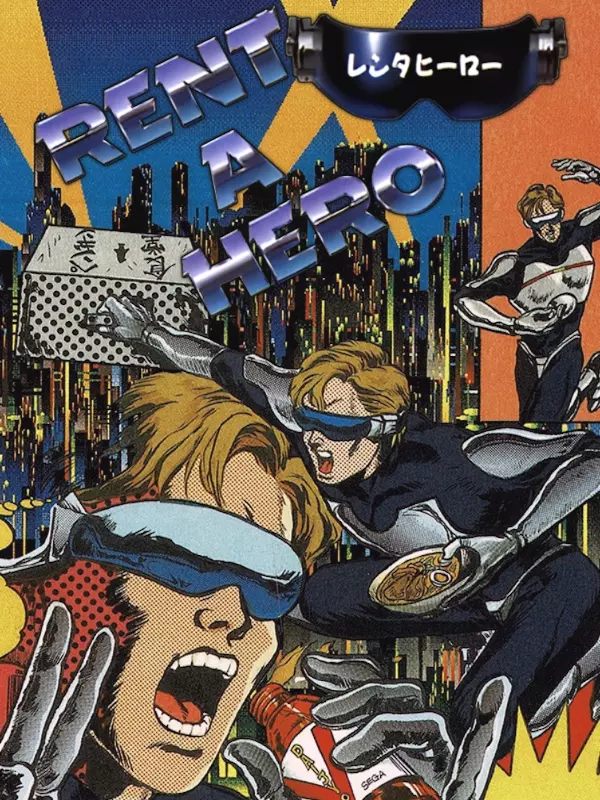
Rent-A-HeroRent A Hero is an action role-playing video game series released by Sega for the Mega Drive console in 1991 with a large emphasis on humor. The game features the same graphic engine previously used in the development of Sword of Vermilion. However, Rent A Hero has an unusual innovation for the genre. Instead of using standard turn-based battles, fights are in a similar format to 2D fighting games.Action Comedy
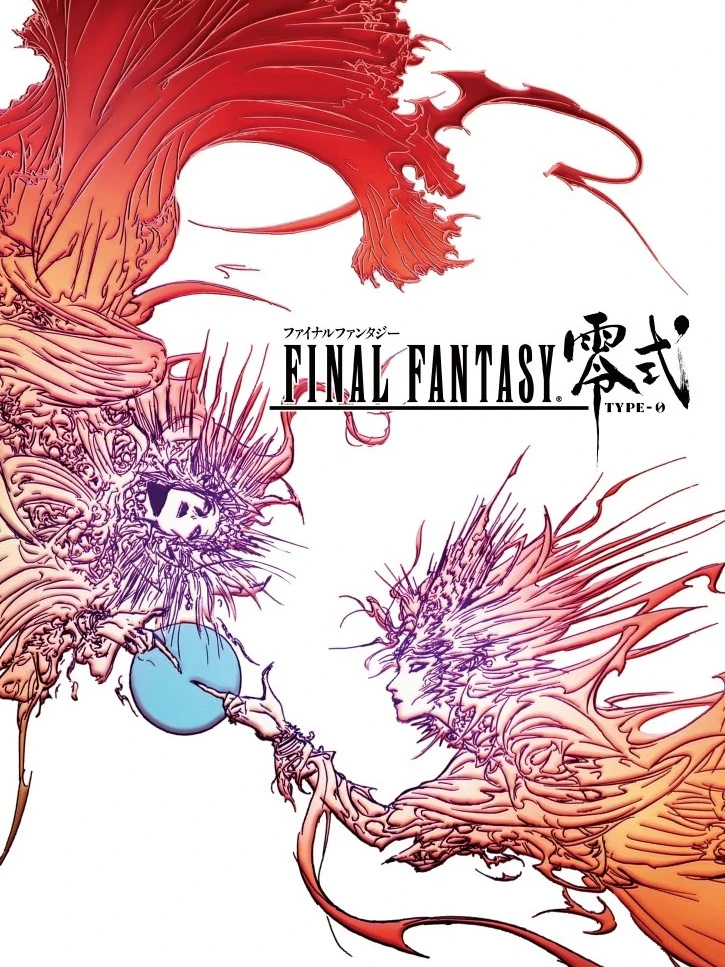
Final Fantasy Type-0Final Fantasy Type-0 is set within Orience, a land divided between four nations or "Crystal States". Each nation has crystals of power based on the Four Symbols, which are in turn their national emblems. The Dominion of Rubrum uses the Vermillion Bird Crystal, which controls magic; the Milites Empire controls the White Tiger Crystal, containing the power of science and weapons; the Kingdom of Concordia uses the Azure Dragon Crystal, containing the power of Dragons; and the Lorican Alliance is home to the Black Tortoise Crystal, containing the power of shielding. Each nation has an academy, or Peristylium, to research and protect the country's respective crystal. The crystals have the ability to mark humans as their countries' servants. These servants, called l'Cie, are branded with a symbol and are given a "Focus", a task to complete. While blessed with long life and the ability to transform into crystal, l'Cie are cursed to lose their memories over time. The people of Orience also lose their memories of the dead, so they will not be held back by any past regrets and continue strengthening their souls through conflict, a mechanism put in place by the crystals for the convenience of the deities who crafted them. The main aim of many characters is to become Agito, a legendary figure who will appear and save the world from Tempus Finis, an apocalyptic event that will destroy Orience.New Open world Action Fantasy Drama
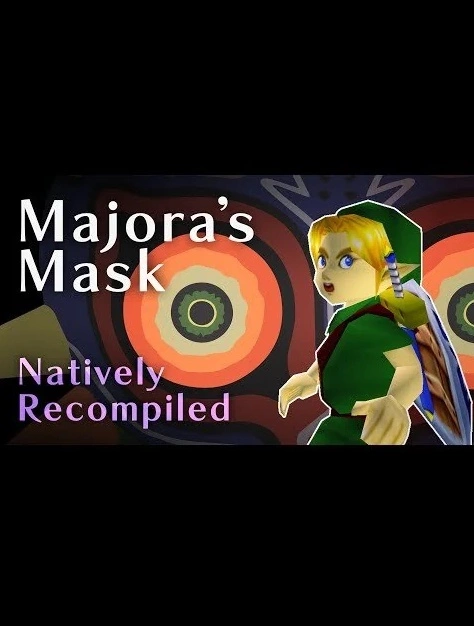
Zelda 64: RecompiledZelda 64: Recompiled is a project that uses N64: Recompiled to statically recompile Majora's Mask (and soon Ocarina of Time) into a native port with many new features and enhancements. This project uses RT64 as the rendering engine to provide some of these enhancements.Action Fantasy

Zelda ClassicZelda Classic is an unofficial open-source Zelda fan game and game engine. It is, by itself, a recreation of the original The Legend of Zelda, but it allows the creation of expansions (called quests) which can be played with the game engine.Action Fantasy
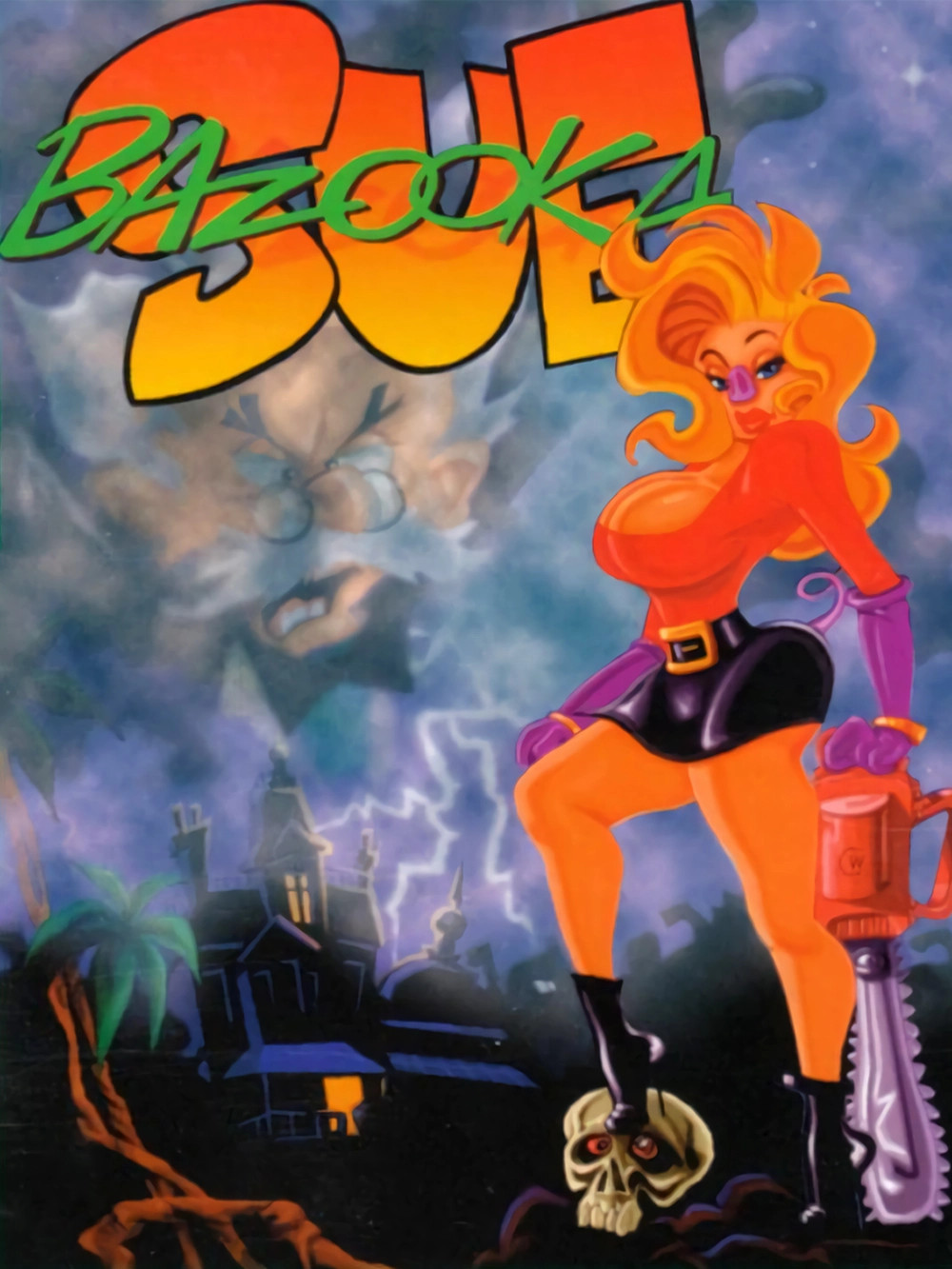
Bazooka Sue
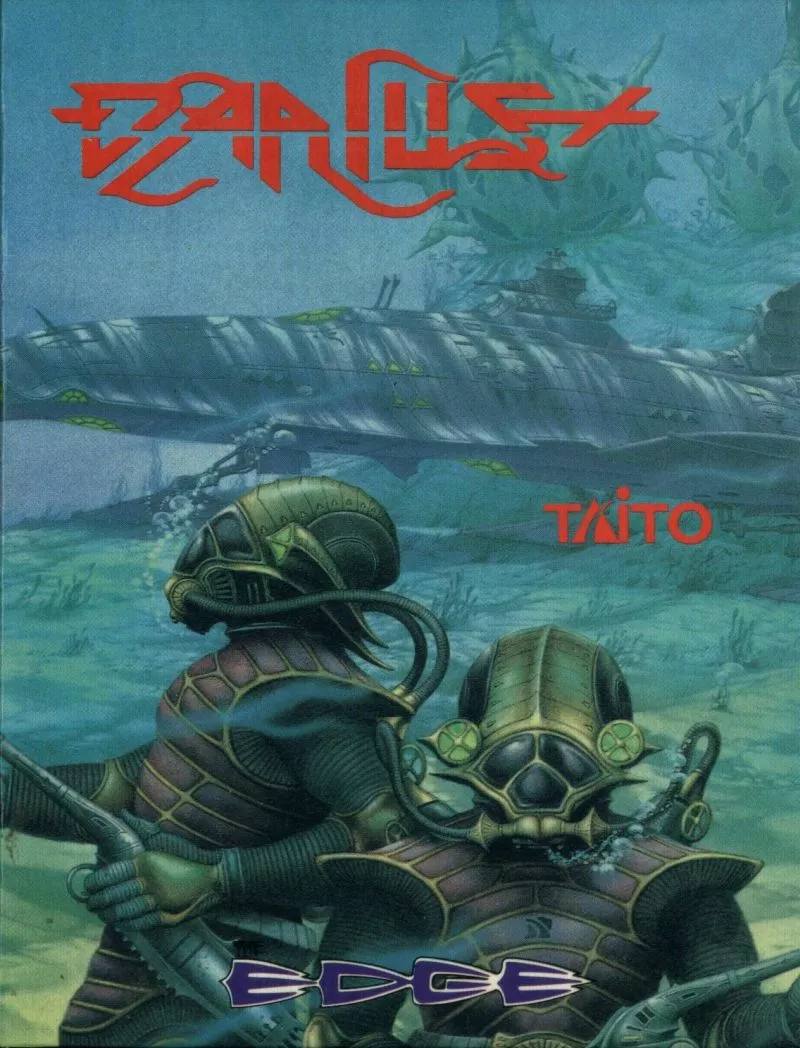
Darius PlusAmidst the clutter of arcade shooters in the late 1980s, companies needed to make their games stand out in some way. Simply flying a ship into outer space simply wasn't going to cut it anymore. Taito had an idea. Yes, there was still a spaceship. And yeah, that "outer space" part was still there too. But instead of the usual aliens, you fought fish.
Yes, fish.
Not even regular, aquatic fish, but robotic fish with lasers equipped to their fins, giant metal teeth and missiles firing from their gills. And not just fish either. There are squid, snails, and other undersea variations out for your blood as well.
The requisite plot is about the people of the planet Darius, who are being terrorized by said intergalatic fish. Only the heroic pilots Proco Jr and Tiat Young can save the day. The constant star of the Darius series is the Silver Hawk. Much like Gradius, it has a primary, forward firing weapon, along with bombs that can be used to attack vertically, and the usual shield.
The arcade game Darius games also used a unique system that attached three monitors together to create one massive horizontal playing field (also used in Taito's Ninja Warriors.) Naturally, this couldn't quite be replicated on the console system, so that nifty little gimmick is lost, but emulators can still replicate the dimensions of the screen, even if you end up looking at a tiny picture.
Looking to further set itself apart from the crowd, every Darius game has multiple levels, with several branching paths throughout the game. It adds tremendously to the replay value, especially since there are usual multiple endings, depending on which final zone you end up at.
Darius is a two-dimensional horizontally scrolling shoot 'em up set in a fictional future. Uniquely among shoot 'em ups, the game's screen was three times wider than conventional size, and the arcade cabinet used an arrangement of three screens to accommodate it. The player controls an ornate fighter spacecraft, named the Silver Hawk, and must navigate through scrolling terrain while battling a variety of fighter craft, ground vehicles, turrets, and other obstacles throughout the game's stages (referred to as zones in the game). The ship's arsenal consists of forward-firing missiles, aerial bombs and a protective force field, all of which can be upgraded by power-ups (in the form of large, colored orbs) that are dropped by specially-colored enemies throughout the game's zones. When the player reaches the end of a zone, a boss appears, which must be defeated to proceed. Once the boss of a zone is destroyed, the player is given a choice of which zone to play next via a branching path. While there are 28 zones in total, only seven can be played in a single run.
When various ports of it were made for different consoles, Taito (and others) were forced to shrink the playfield to fit on one screen.
It was released for the Commodore Amiga, Atari ST, PC Engine, PC Engine (Super CD-ROM), Wii (Virtual Console), and ZX Spectrum.
The PC Engine saw three releases:
Darius Alpha (1990): A very rare beta release. This is one of the rarest Hu-Cards ever published. You could only get a copy of this hardcore shoot-em-up by buying Darius Plus and Super Darius and then mailing coupons to the publisher. 800 copies were made available, and names were drawn from those who mailed their info in. Some copies of the game were also given away as prizes by PC Engine Gekken and Marakatsu magazines.
Darius Plus (1990): The full game itself, again a PC Engine HuCard. The bosses that were removed in Alpha do not return here. Both Alpha and Plus were actually written for the PC Engine SuperGrafx and playing them on that console results in slightly improved graphics (less flicker and slowdown).
Super Darius (1990): A conversion of Darius for the PC Engine's Super CD-ROM, very close to the original arcade version other than being single-screen. Features new bosses, as well as a "boss rush" mode.Science fiction

Lunatic Dawn FXA role-playing game in the Lunatic Dawn series from Artdink, released for PC-FX in 1995.
In spite of its Japanese origin, Lunatic Dawn is in fact much more similar to very old-school Western RPGs than to its Japanese brethren. It has virtually no story and relies entirely on exploration and strategic combat. Set in a medieval world with little to no distinguishing characteristics, "Lunatic Dawn" throws the player immediately into the game world, which is open for him to explore. The player is able to choose the main character's gender, race (human, elf, etc.), class, and even age - older characters are more powerful, but have a more limited play time.
Indeed, the entire gameplay process is timed. Traveling to a remote city or dungeon can take up to several game days. The player has to provide sufficient food for his party during this time. Player party consists of pre-generated characters, who have different names and belong to different races and classes, but have virtually no personality. Food and other supplies can be acquired in towns, through which the player moves in a Wizardry-like fashion - viewing locations from first-person perspective and selecting menu commands.
When the party enters a dungeon, the view switches to isometric. The dungeons are large and maze-like, with enemies visible on screen. Upon contact with an enemy, a battle initiates. The battles are turn-based but fast-paced, reminding somewhat the Infinity Engine battles from Baldur's Gate series. The participants can freely move on the battle field. The player directly controls only the main characters, but can assign general commands to the party members.Historical
